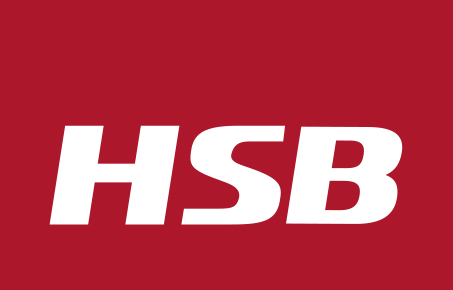Wallpaper is a design element that never really went out of style. Although not as popular today as it was in the 80s and 90s, wallcoverings are enjoying a resurgence in 2022. With people spending more time at home, and many even able to now work at home, homeowners are redesigning and refreshing their indoor spaces.
Wallpaper is the perfect choice for a speedy makeover. Wallpapers from twenty or thirty years ago may seem dated and out of style. Today’s homeowners are making sophisticated choices and opting for fun patterns, bold colors, textures, botanical prints, and abstract designs to enhance their décor.
Viewing Samples
To find a wallpaper that truly inspires, samples should be viewed in person. That’s the only way to get a true representation of a paper’s color, texture, and the scope of the pattern. Choosing wallpaper through online photos can be problematic. The colors seen on a computer monitor may not really be accurate. It’s helpful when buyers are able to take samples home to view in the room where it will be used. It’s much easier to coordinate with other home furnishings when everything can be seen side by side in different lighting conditions.
Sample Books, Swatch Cards, and Memos
Companies that offer a large variety of wallcoverings often utilize sample books to showcase their collections. These are best suited for product lines that will have longevity. Sample books are permanently bound and durable. They hold up well in designer showrooms.
Swatch cards are a cost-effective way to present wallpaper samples. They offer a variety of layout options including waterfall presentations. Product information can be printed directly on the card.
Designers with their own wallcovering lines may choose wallpaper memos. Some choose customizable covers for groups of samples. Wallpaper samples are typically straight cut, but edges can be pinked if the designer prefers. Memos can be cut to any size. Information labels can have a header tag or may be glued on the back of the sample. Glued labels are more economical and can still show a pattern repeat picture as well as pattern details.

